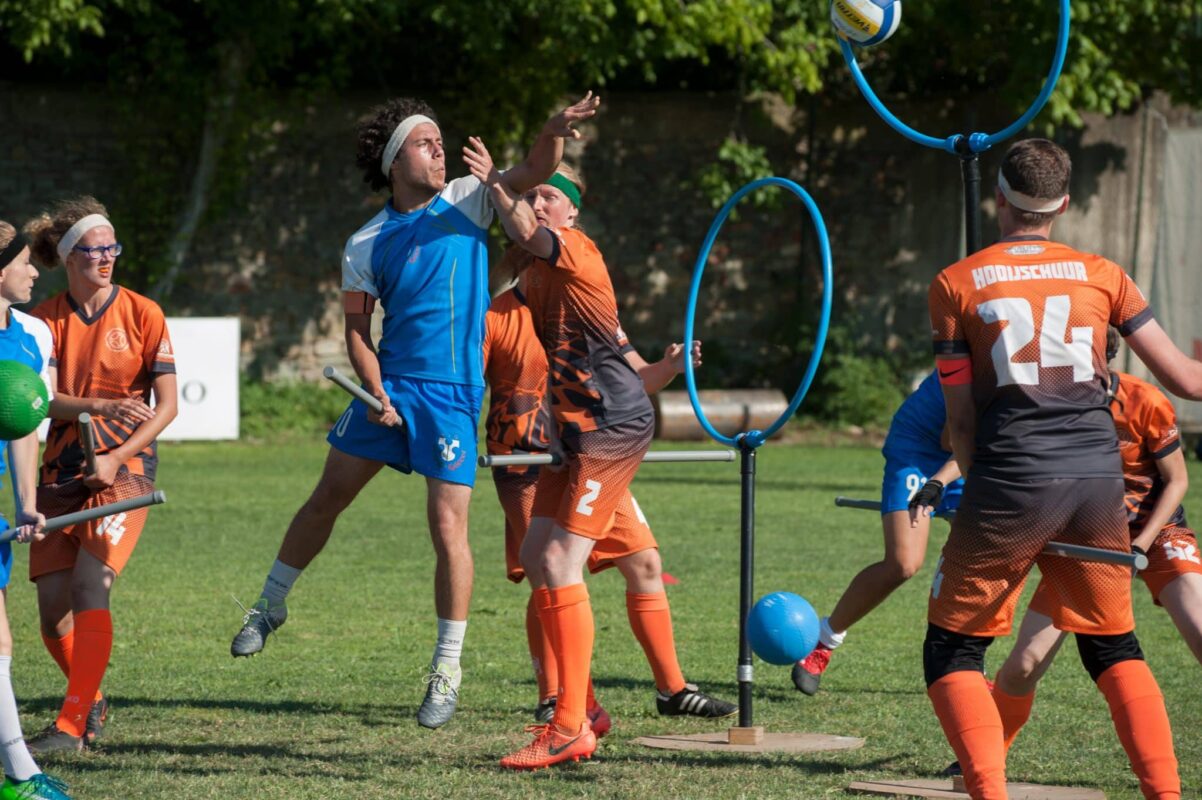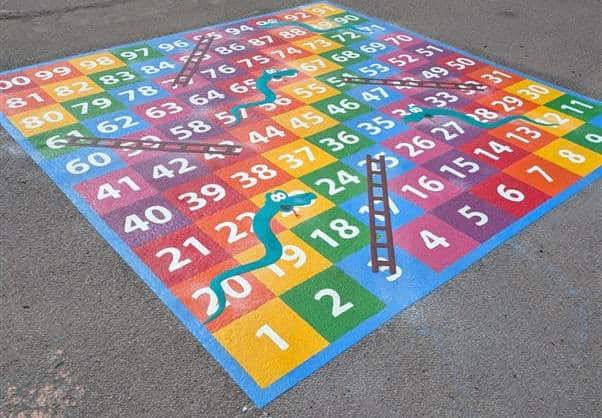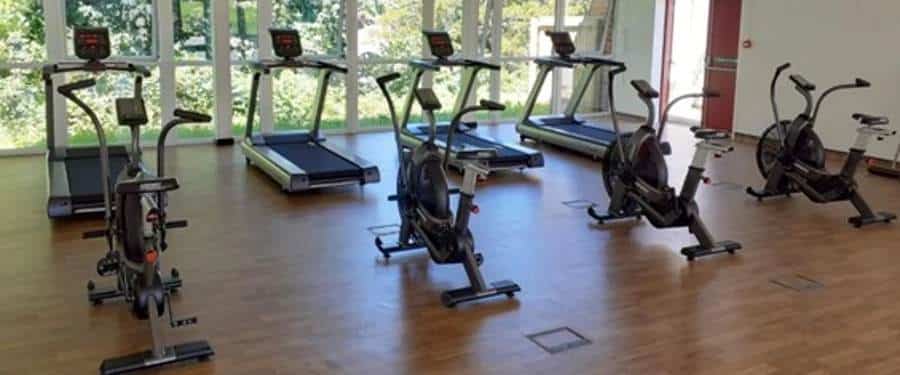When teaching trampolining, instructors must follow principles and safe teaching practices to ensure the safety of their students. Children should never be left unsupervised during trampoline lessons or after-school sessions. It is recommended that teachers attend the British Gymnastics Teachers’ Trampoline Award (Part 1 and/or Part 2) to gain the confidence to deliver safe and effective trampoline lessons or after-school sessions to their students.
Only one student should use the trampoline at a time. The instructor should ensure that each student is in the proper position and ready before beginning work.
When rebounding, it is best to do so near the centre of the trampoline bed and at a height that allows the student to maintain full control. If loss of control occurs, the student should be taught to flex the knee and hip joints on the next contact of the feet with the bed to deaden the bounce.
Teaching should focus on basic skills and correct techniques, with an appropriate level of progression according to each student’s ability, confidence and responsible attitude. Skills should be practised individually and then combined into routines.
Students should master basic straight jumps before moving on to rotational movements. In general, beginners should work for 30 seconds at a time and gradually increase the length of their sessions to one minute. However, they should stop if they are tired or losing concentration.
When staff can safely supervise many trampolines at once, the importance of good positioning cannot be overemphasised. Good positioning allows staff to provide prompt intervention and advice as necessary.
When conducting trampoline activities, it is important to limit the number of students participating in any given activity. The number of students should be determined by the number of available trampolines and qualified teachers. If staff members are experienced and students are old enough to work independently within a group, it may be acceptable for half the class to be on a trampoline while the teacher supervises the other half of the students practising trampoline-related activities on the floor.
It is important to note that when one teacher supervises half the class working on the trampolines, as well as the other half doing a different activity, it compromises safe practice. Unscheduled changes to a student’s routine are unacceptable during competitions, as they put the student at risk.
Tag-on-type games, in which students, in turn, add a movement to the routine, should be avoided because they encourage students to jump beyond their ability or endurance.





